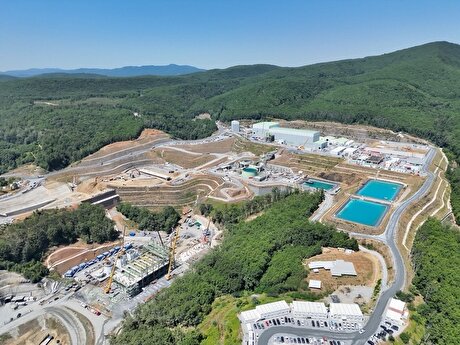
IMF Sees Deepening Recession in Iran Before Growth in 2020
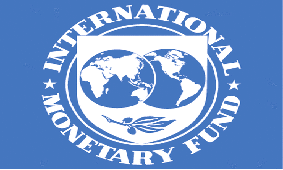
In its newly released "World Economic Outlook" report, the IMF forecasts growth will come back at a meager rate of 0.2% in 2020 before increasing to 1.1% in 2024.
The new report has downgraded growth figures compared to the previous such report, which read: "The [Iranian] economy is now forecast to contract in 2018 (-1.5 percent) and especially in 2019 (-3.6 percent) on account of reduced oil production, before returning to modest positive growth in 2020–23," adding that the data, in turn a downgrade over preceding projections, reflects the impact of the reinstatement of US sanctions.
US President Donald Trump announced on May 8 his withdrawal from the nuclear deal Iran had signed with world powers in 2015 and rolled out a new sanctions regime against Tehran, described as "toughest ever" in the following months.
The first round of renewed US sanctions reimposed on Aug. 7 prohibits Iran's purchase of US dollars and precious metals, part of a larger move that attempts to cut the country off from the international financial system. A second tranche of sanctions on Iran's oil and gas sector took effect on Nov. 4.
Oil Factor
The US sanctions on Iran's oil sales have arguably had the most negative impact on the Islamic Republic's economic growth prospects as oil and oil-based products have a major part in the country's gross domestic product.
Iran’s oil exports dropped in March to their lowest daily level this year, according to tanker data and industry sources, even before Washington formally requires importing countries to reduce purchases to avoid infringing US sanctions.
Shipments dropped from at least 2.5 million bpd in April 2018, the month before Trump withdrew the United States from Iran’s nuclear deal with world powers and reimposed sanctions.
Tehran has vowed to keep exporting oil despite US efforts to reduce its shipments to zero, but the export decline could be another indicator of economic pressure from the embargo.
For the oil market, the drop in Iranian shipments will add to an OPEC-led oil supply cut and comes ahead of US plans to clamp down further on Iranian exports from May, after ending the current round of waivers from sanctions.
The US granted temporary import waivers to China, India, Greece, Italy, Taiwan, Japan, Turkey and South Korea to ensure low oil prices and no disruption to the global oil market, Reuters reported.
The Trump administration is currently in consultations with the importers ahead of a May 2 deadline when the waivers expire.
Analysts believe the administration is likely to extend the waivers to the remaining five importers to placate top buyers China and India, and to decrease the chances of higher oil prices.
IMF put Iran's annual average inflation in 2018 at 31.2%. Projections for 2019, 2020 and 2024 are at 37.2%, 31.0% and 25% respectively
China, India, Japan, South Korea and Turkey are likely to be given renewed waivers that could cap Iran’s crude oil exports at about 1.1 million barrels per day, US-based analysts at Eurasia Group said in January. That would remove Italy, Greece and Taiwan from the waivers’ list.
Still, the Organization of Petroleum Exporting Countries and its allies, which began cutting production from Jan. 1 to bolster prices, are unlikely to be in a rush to change course, analysts say, without concrete signs of a shortage.
“We do expect less Iranian oil exports after May,” said Sara Vakhshouri of energy consultant SVB Energy International.
“However, we don’t think that OPEC will increase its production in anticipation of lower Iranian oil exports, but only if there are clear signs of further Iran and/or Venezuelan export cuts in the market.”
The IMF report came a few days after the World Bank downgraded Iran's economic growth estimates and forecasts in a new report that put the Islamic Republic's real GDP growth for 2018 at -1.6%.
The World Bank forecast that the rate will further contract to reach -3.8% in 2019 before expansion of 0.9% in 2020 and 1% in 2021. The WB report also estimates Iran's real GDP per capita growth stood at -2.6% in 2018. Forecasts for 2019, 2020 and 2021 have been put at -4.8%, 0% and 0.1% respectively.
Inflation
As for consumer prices, the IMF put Iran's annual average inflation in 2018 at 31.2%. Projections for 2019, 2020 and 2024 are at 37.2%, 31.0% 25%.
According to the Statistical Center of Iran's latest report, the goods and services Consumer Price Index in the 12-month period ending March 20, which marks the end of last Iranian year, increased by 26.9% compared with last year’s corresponding period.
The overall CPI (using the Iranian year to March 2017 as the base year) stood at 164.3 in the month ending March 20, indicating a 3.9% rise compared with the previous month.
The consumer inflation registered a year-on-year increase of 47.5% in the period compared with the similar month of last year.
SCI put average 12-month inflation for urban and rural areas at 26.6% and 28.1% respectively.
The index registered a year-on-year increase of 46.6% for urban areas and 52.7% for rural areas compared with the similar month of last year.
The overall CPI reached 163.3 for urban households and 170.3 for rural households, indicating an increase of 3.8% for urban areas and 4.5% for rural areas compared with the previous month.
The runaway inflation in Iran came after President Hassan Rouhani's government managed to gradually rein in the point-to-point rate of 45% that was handed to him in June 2013 by his predecessor and bring it down to a single digit territory for the first time after about a quarter century in June 2016.
Current Account Balance
The new IMF report also shows Iran's current account balance stood at 4.3% of GDP. Projections for 2019, 2020 and 2024 have been put at -0.4%, -0.6% and -0.6% of gross domestic product.
The World Bank estimates Iran's current account balance at 0.5% of GDP in 2018. Forecasts for 2019, 2020 and 2021 have been put at 0.0%, 0.5% and 0.9% of GDP respectively.
The country's fiscal balance has been put by the bank at -4.8% of GDP. Forecasts for 2019, 2020 and 2021 have been put at -5.4%, -5.5% and -5.4% of GDP respectively.
Unemployment
The report shows the unemployment rate in Iran stood at 13.9% in 2018. Projections for 2019 and 2020 have been put at 15.4% and 16.1% respectively`.
The latest report by the Statistical Center of Iran shows Iran’s unemployment rate, the proportion of jobless population of ages 10 years and above, stood at 11.7% in the third quarter of the current Iranian year (Sept. 23-Oct. 22, 2018), indicating no change compared with the same period of last year.
A total of 3,174,042 Iranians were unemployed in the third quarter.
Men’s unemployment rate stood at 10.1% while women’s joblessness hovered around 18%, as over 2.19 million men and 980,578 million women of ages 10 and above were jobless in the third quarter.
The unemployment rate was at 13.2% for urban areas (2.64 million people) and 7.6% for rural areas (528,994 people).
The unemployment rate in autumn comes lower when compared to the rate of 12.2% in summer.
SCI provides two figures for the youth unemployment rate: the proportion of the population between 15 and 24 years and those between the ages of 15 and 29.
The youth unemployment rate for 15 to 24 years stood at 27% in Q3, posting a 1.3% decrease while the unemployment rate of those between 15 and 29 years stood at 24.5%, posting a 0.5% decline compared with the same period of last year.
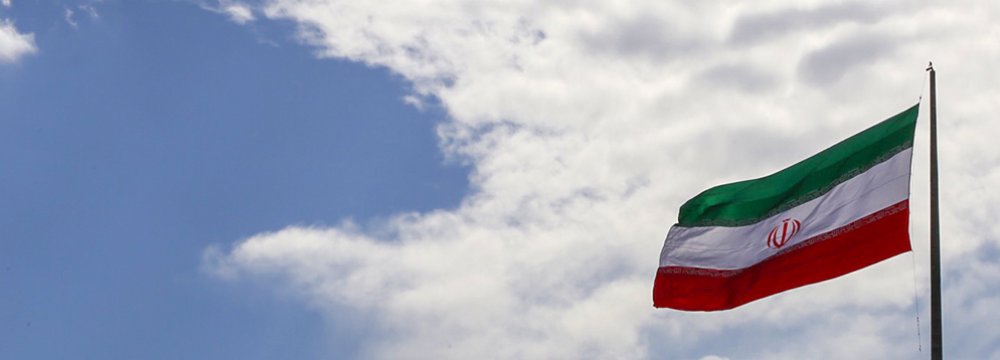


Newmont nets $100M payment related Akyem mine sale

First Quantum scores $1B streaming deal with Royal Gold

Caterpillar sees US tariff hit of up to $1.5 billion this year

Copper price collapses by 20% as US excludes refined metal from tariffs

Gold price rebounds nearly 2% on US payrolls data

St Augustine PFS confirms ‘world-class’ potential of Kingking project with $4.2B value

B2Gold gets Mali nod to start underground mining at Fekola

Copper price posts second weekly drop after Trump’s tariff surprise

Goldman told clients to go long copper a day before price plunge
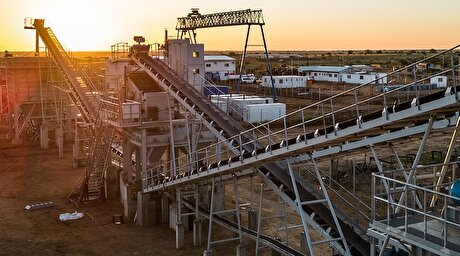
NextSource soars on Mitsubishi Chemical offtake deal

Copper price slips as unwinding of tariff trade boosts LME stockpiles

SAIL Bhilai Steel relies on Danieli proprietary technology to expand plate mill portfolio to higher steel grades

Alba Discloses its Financial Results for the Second Quarter and H1 of 2025
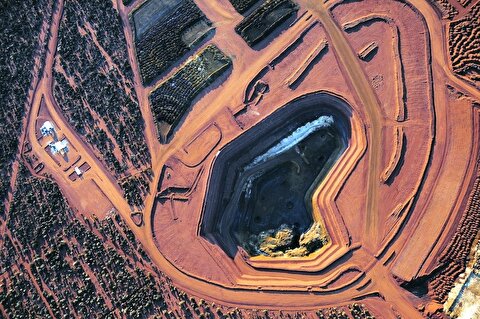
Australia weighs price floor for critical minerals, boosting rare earth miners

Australia pledges $87M to rescue Trafigura’s Nyrstar smelters in critical minerals push

Fresnillo lifts gold forecast on strong first-half surge

Why did copper escape US tariffs when aluminum did not?
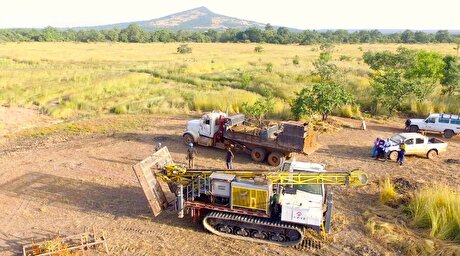
Fortuna rises on improved resource estimate for Senegal gold project

Caterpillar sees US tariff hit of up to $1.5 billion this year

NextSource soars on Mitsubishi Chemical offtake deal

Copper price slips as unwinding of tariff trade boosts LME stockpiles

SAIL Bhilai Steel relies on Danieli proprietary technology to expand plate mill portfolio to higher steel grades

Alba Discloses its Financial Results for the Second Quarter and H1 of 2025

Australia weighs price floor for critical minerals, boosting rare earth miners

Australia pledges $87M to rescue Trafigura’s Nyrstar smelters in critical minerals push

Fresnillo lifts gold forecast on strong first-half surge

Why did copper escape US tariffs when aluminum did not?

Fortuna rises on improved resource estimate for Senegal gold project














